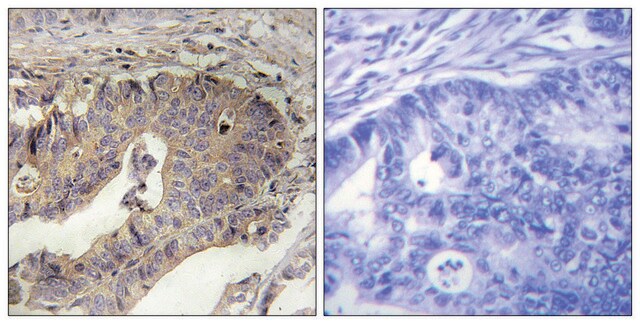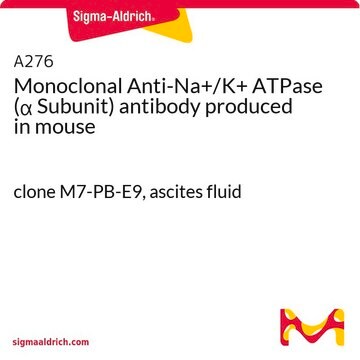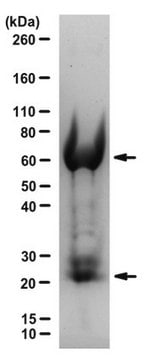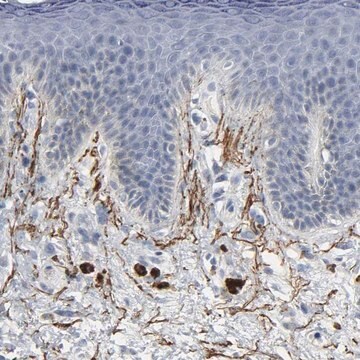MAB1919
Anti-Fibrillin Antibody, clone 11C1.3
clone 11C1.3, Chemicon®, from mouse
Synonym(s):
Anti-ACMICD, Anti-FBN, Anti-GPHYSD2, Anti-MASS, Anti-MFLS, Anti-MFS1, Anti-OCTD, Anti-SGS, Anti-SSKS, Anti-WMS, Anti-WMS2
About This Item
Recommended Products
biological source
mouse
Quality Level
antibody form
purified antibody
antibody product type
primary antibodies
clone
11C1.3, monoclonal
species reactivity
bovine, pig, human
manufacturer/tradename
Chemicon®
technique(s)
ELISA: suitable
immunofluorescence: suitable
immunohistochemistry: suitable (paraffin)
immunoprecipitation (IP): suitable
western blot: suitable
isotype
IgG1κ
NCBI accession no.
UniProt accession no.
shipped in
dry ice
target post-translational modification
unmodified
Gene Information
human ... FBN1(2200)
Specificity
Immunogen
Application
Immunohistochemistry: fresh frozen tissue: 1:200-1:500. Paraffin sections reactive after microwave citrate buffer antigen retrieval.
Immunoprecipitation: 5 microliters of antibody diluted in no more than 400 microliters of concentrated supernatants from bovine smooth muscle cells. We recommend either an anti-mouse IgG bead or a rabbit anti-mouse capture antibody followed by protein A.
ELISA
Optimal dilutions must be determined by the end user.
Cell Structure
ECM Proteins
Physical form
Storage and Stability
Legal Information
Disclaimer
Not finding the right product?
Try our Product Selector Tool.
recommended
Storage Class Code
12 - Non Combustible Liquids
WGK
nwg
Flash Point(F)
Not applicable
Flash Point(C)
Not applicable
Certificates of Analysis (COA)
Search for Certificates of Analysis (COA) by entering the products Lot/Batch Number. Lot and Batch Numbers can be found on a product’s label following the words ‘Lot’ or ‘Batch’.
Already Own This Product?
Find documentation for the products that you have recently purchased in the Document Library.
Our team of scientists has experience in all areas of research including Life Science, Material Science, Chemical Synthesis, Chromatography, Analytical and many others.
Contact Technical Service







